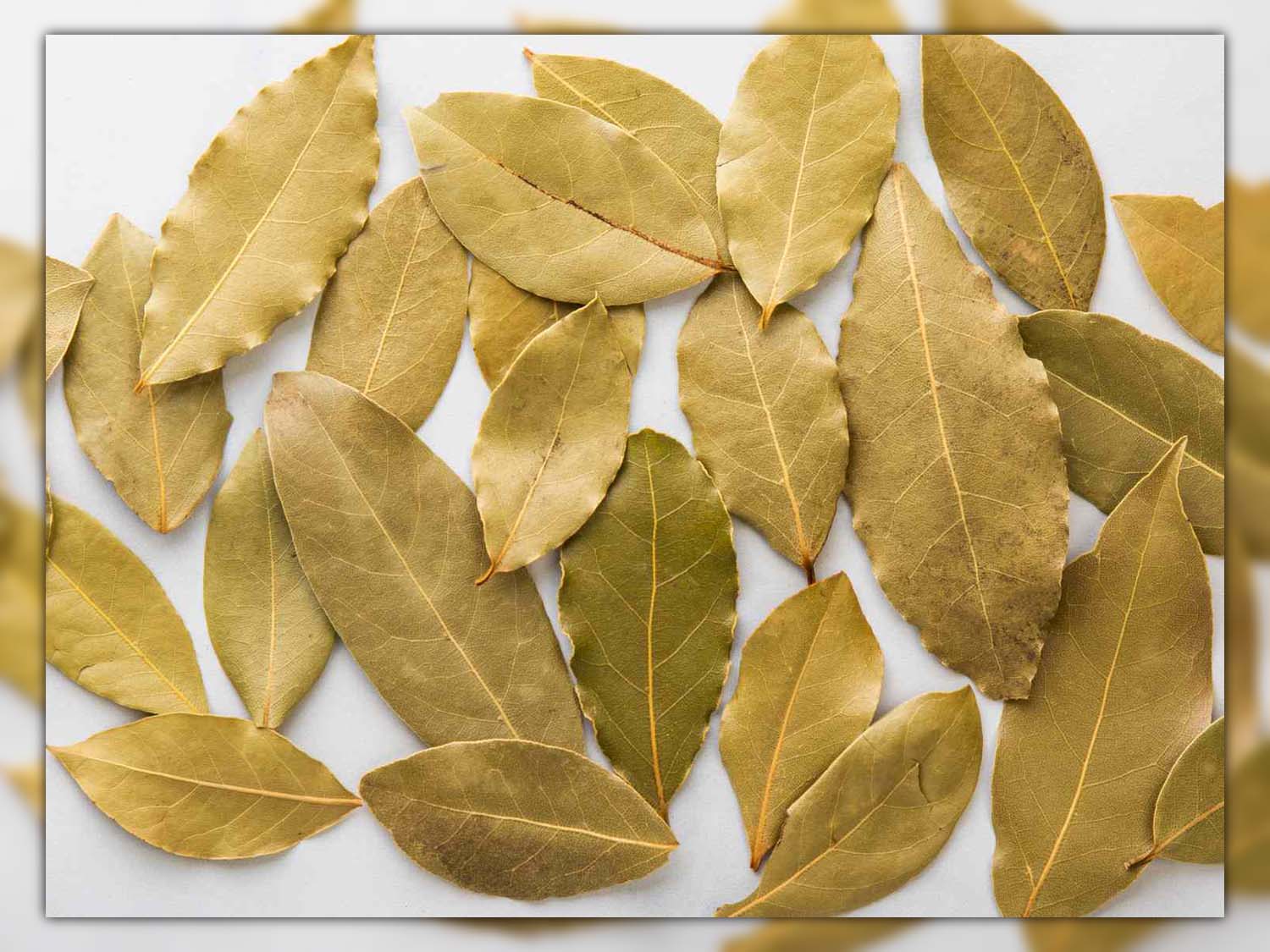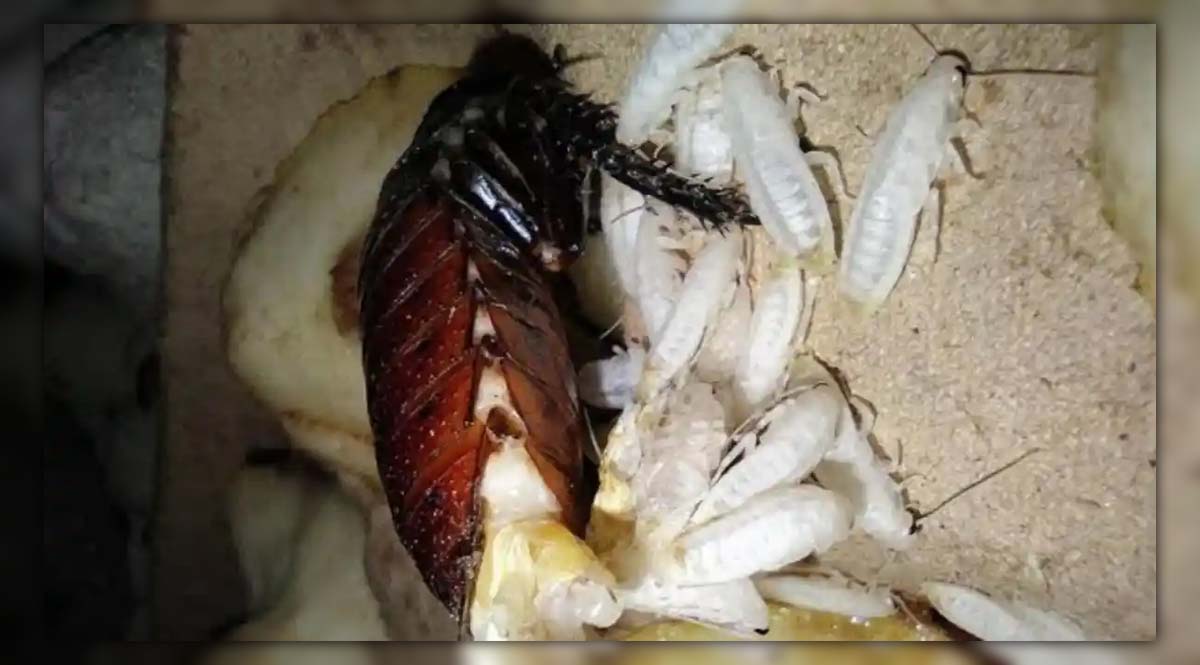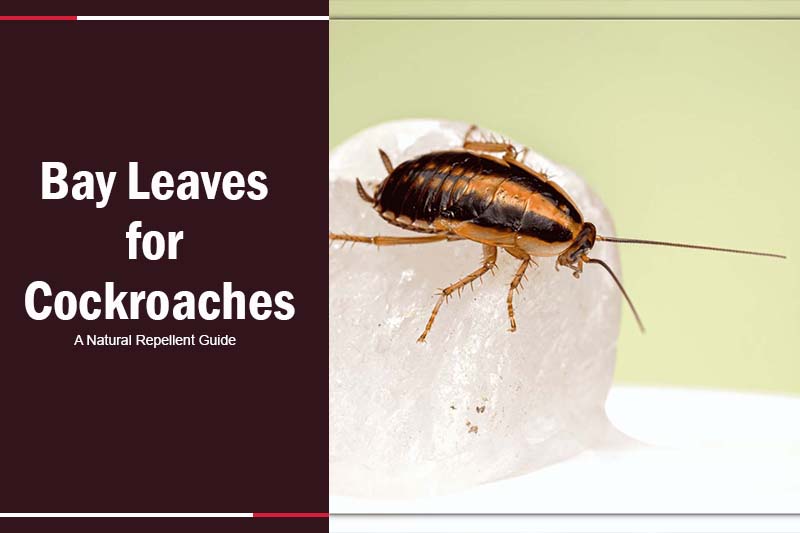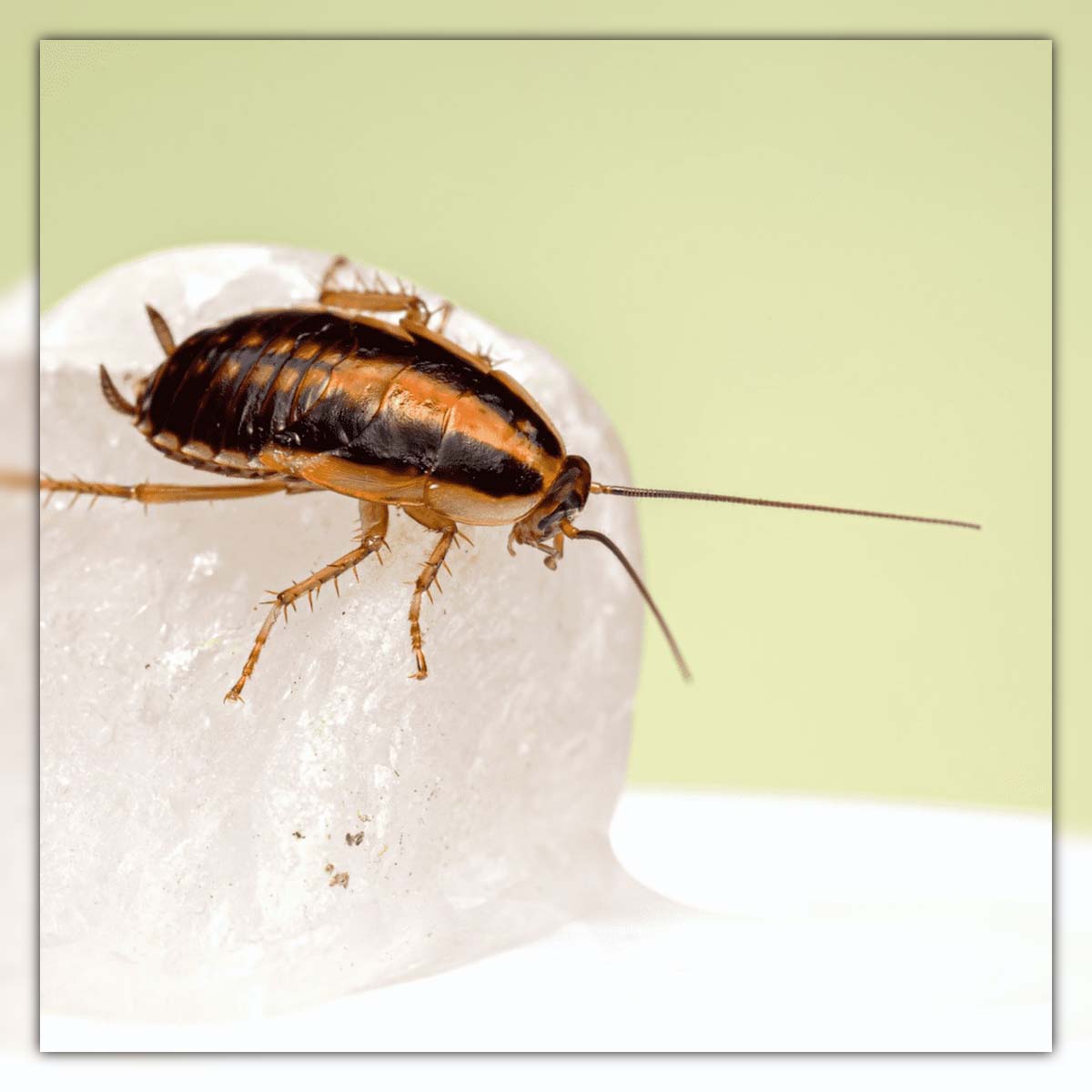Do bay leaves repel roaches?
Join us on this journey to discover natural ways to protect your home from these unwanted visitors and reclaim your peace of mind.
1. Do Bay Leaves repel Roaches?
Yes, bay leaves can repel roaches. The smell of fresh bay leaves drives the cockroaches away from the infested area.
Please note that bay leaves cannot kill roaches, but they can repel them from coming into your house. The dry as well as the fresh leaves both can repel the roaches, but it is observed that the fresh leaves of the bay have higher repelling potential than the dry ones.
>> Read more: Can roaches suffocate? Debunking Myths & Facts.

2. How to use Bay Leaves for Cockroaches
When it comes to bay leaves, their placement can yield different results depending on whether you’re targeting the insect’s nest or trying to keep them away from specific areas.
Placing bay leaves near their nest might not be as effective, as they could find alternative routes.
If you’re aiming to keep cockroaches out of the kitchen, start by strategically positioning dried bay leaves on the countertop.
Extend this by placing leaves in cabinets, drawers, under the fridge, and near the dishwasher. Before resorting to bay leaves, address the root cause – what attracts cockroaches in the first place.
Focus on thorough cleaning, secure food storage, and inspecting and fixing any leaky pipes. Remember, the first line of defense is eliminating food particles and moisture that lure cockroaches into your space.
>> Read more: What happens if you burn a cockroach?

3. Is it safe to use Bay leaves for repelling roaches?
It is safe to use bay leaves when getting rid of roaches or other insects because they are not poisonous to humans or pets. However, always cut them into small pieces when using them indoors.
Bay leaves will not soften even if they are cooked and this makes them a choking hazard to pets.
When using bay leaves for roaches, avoid using throwing the whole leaves around. Target the infested area and place them there.
They have a slippery surface that can easily slide into a pet’s throat if they accidentally eat them.
>> Read more: Does bleach kills roaches? Debunking Pest Control Myths.
4. Alternative Methods to repel Cockroaches instead of Bay Leaves
Here are some substitute methods:
- Catnip Oil: This herb is loathed by roaches due to its strong scent. Additionally, catnip oil doubles as an efficient mosquito repellent.
- Garlic: A potent natural repellent, the pungent aroma of garlic is highly disagreeable to cockroaches.
- Mint Leaves: Boil these leaves in water and spray the solution in infested areas for a fresh scent that roaches detest.
- Diatomaceous Earth: Derived from the fossilized remains of diatoms, this white powder stands as one of the premier bug repellents on the market.
FAQs
Why Do Roaches Hate Bay Leaves?
The distinct aroma of bay leaves is highly repellent to them.
This aversion ensures that they steer clear from areas where the scent of bay leaves prevails, making these leaves an efficient, natural deterrent against them.
Are fresh or dried bay leaves for roaches better?
When considering whether to use fresh or dried bay leaves for roaches, it’s crucial to understand the longevity and potency of their aroma.
While dried bay leaves have a shelf life for their scent of roughly a year, fresh bay leaves typically retain their potent aroma for a more extended period. This stronger, longer-lasting scent is more effective in repelling roaches.
Therefore, using fresh bay leaves is generally recommended for optimum results.
Conclusion
Do Bay Leaves repel Roaches? Using bay leaves for cockroaches offers a natural and aromatic strategy to keep these pesky invaders from your sanctuary.
Should you be curious about other organic methods or need advice on a myriad of pest-related issues, don’t hesitate to dive deeper into our collection at Pestweek.

Calina Mabel has over 15 years of experience in the field of journalism and communications. Currently, Calina Mabel is the Content Writer for categories such as Cockroach, Ants, Bed Bugs, Mosquito, Rodent, Termite, and Flies on Pestweek.com. She aims to build content for these categories with a focus on providing valuable and accessible information to readers, in order to create the world’s largest knowledge community about Pests.
All content written by Calina Mabel has been reviewed by Emily Carter.



